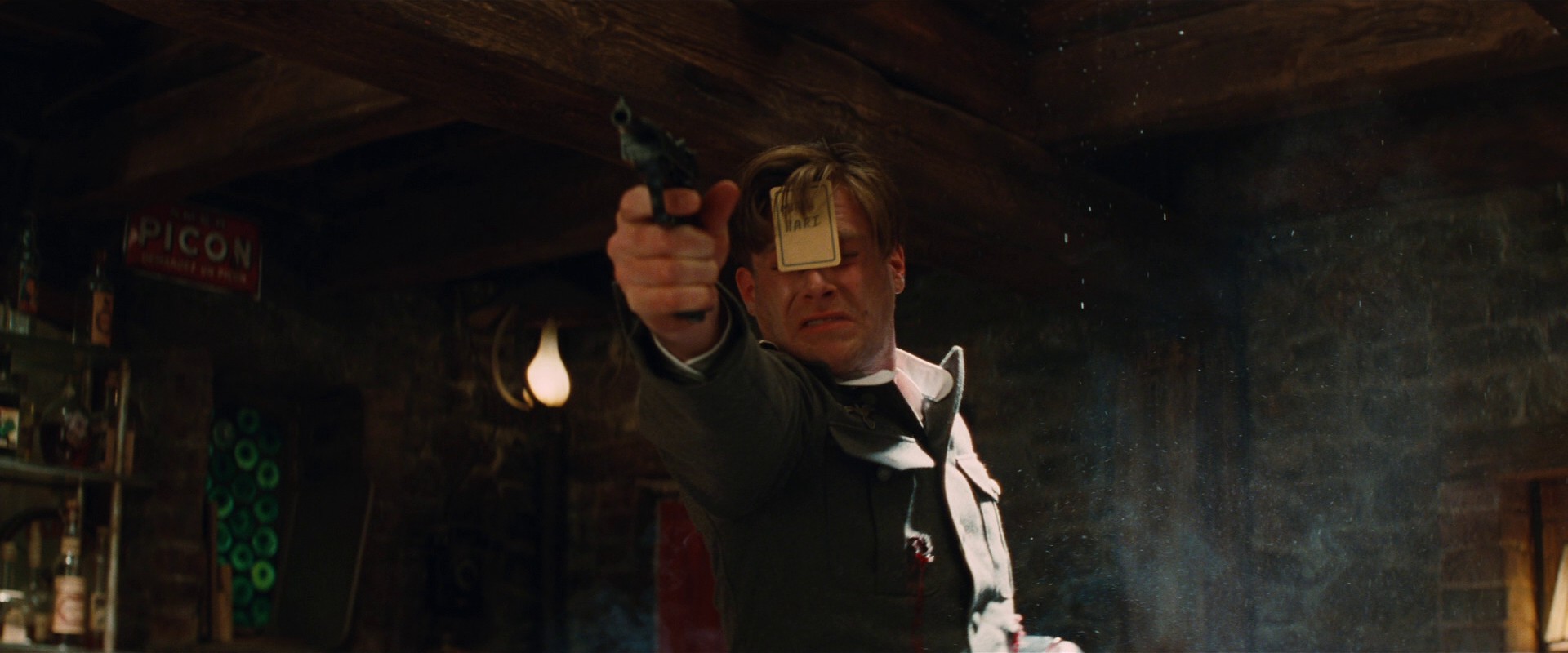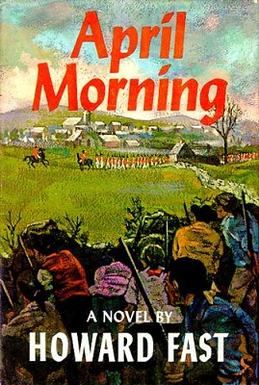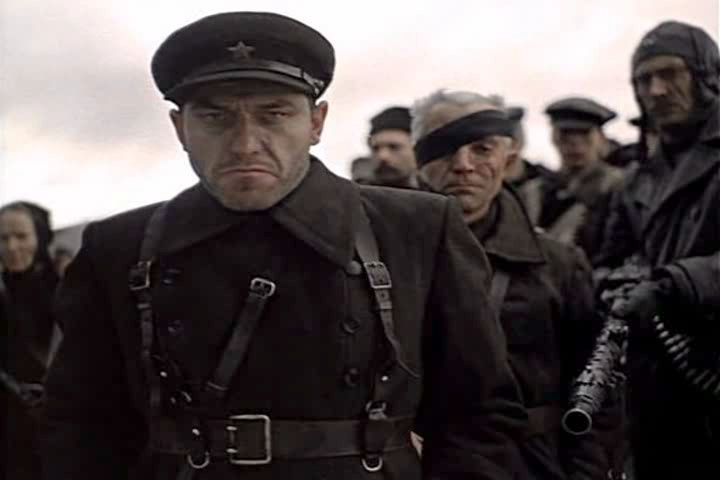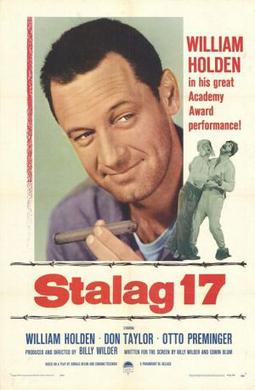SYNOPSIS: "Sergeant York" is a biopic about
the most decorated American soldier of WWI. The movie covers his wild and wooly
teenage hillbilly days, his religious conversion, his attempt to attain
conscientious objector status, and his exploits on the Western Front. It’s big set piece reenacts York’s (Gary
Cooper) Medal of Honor winning exploit.
BACK-STORY: “Sergeant York” is one of the great American
classic war movies. It was directed by
Howard Hawks (“Air Force”, the original
“Dawn Patrol”) and starred the biggest
Hollywood star of that time – Gary Cooper.
It was the first major American biopic that told the story of a living
person. The desire to avoid law suits
and controversy led to great efforts by the studio to keep the film accurate
and authentic. Of course, the main
effort was to keep Alvin York happy.
York (true to his portrayal at the end of the movie) was not interested
in taking advantage of his fame.
However, persistence on the part of producer Jesse Lasky eventually wore
York down. York drove a hard bargain and
insisted on veto power over the screenplay and would accept only Cooper playing
him. The movie was a huge success and
was the highest grossing film of 1941.
(The studio insisted on the outrageously high ticket price of
$2.20!) The movie was also critically
acclaimed and garnered eleven Academy Award nominations, winning for Best Actor
(Cooper over Welles in “Citizen Kane”) and editing.
TRIVIA: wikipedia, imdb, TCM
1. It
is based on York’s diary. It took five
writers to do the screenplay. One was John Huston.
2. York
did not want the movie made because he did not want the added fame. He agreed after producer Jesse Lansky
convinced him to do it, but York insisted on three things. 1. His
profits be put into the creation of a Bible school. 2. His
wife had to be portrayed by an actress that did not smoke and had no “oomph”
(aimed at Ann Sheridan) Jane Russell was
considered! They settled on the
wholesome sixteen year old Joan Leslie.
3. Only Gary Cooper could portray
him.
Lansky sent a telegram to Cooper and signed
it York.
3. Cooper
won the Best Actor Oscar and the film also won for Editing. It was nominated for Picture (losing to “How
Green Was My Valley”), Director (Howard Hawks), Supporting Actor (Walter
Brennan), and Supporting Actress (Margaret Wycherly). It was Brennan’s only loss in his four
nominations for Best Supporting Actor.
It was also nominated for Original Screenplay, Art Direction, Cinematography, Sound Recording, and Music
(Max Steiner).
4. It
is #57 on AFIs list of greatest movies.
York is #35 on the list of heroes.
5. It
was the highest grossing movie of 1941 and one of the highest grossing movies
of all time if you adjust for inflation.
It was often reshown in theaters during the war either to replace flops
or in conjunction with bond sales or scrap drives.
6. York
visited the set several times. The first
time was so overcome when a crew member asked him how many Germans he had
killed. York began to sob and then threw
up. Later, York insisted that the man
not be fired.
7. It
was Gary Cooper’s favorite film. He
considered it his contribution to the war since he was too old to serve.
8. York
was actually a corporal at the time of his Medal of Honor exploit.
9. Incredibly,
the movie reverses the most famous moment in the Medal of Honor action. York actually shot the charging Germans from
last to first (like he learned from turkey hunting days).
Belle and Blade = 3.0
Brassey’s =
4.0
Video Hound =
4.4
War Movies =
3.8
Military History = #19
Channel 4 =
no
Film Site = yes
101 War Movies = yes
Rotten Tomatoes = no
OPINION: “Sergeant York”
could not have been much better considering when it was made. It is definitely in the top rank of black and
white war films. It is technically
masterful. The sets are obviously
painstakingly prepared. The no man’s
land set was constructed by 300 workers and entailed the use of five tons of
dynamite and the defoliating of 400 trees.
The indoor sets are particularly commendatory. Look around the rooms for the little details
on the walls. The lighting is often
mentioned by critics. The score by Max
Steiner makes use of patriotic songs, folk tunes, and hymns. The acting is a strength. Cooper is at his best and said it was his
favorite role (ironically, he was reluctant to play it). He is a master of underacting. The screenplay is a marvel of achieved
themes. The film can be viewed as two
parts. The first part takes York from
disdain for religion to Bible-thumping .
In general, the dynamic is between the religious people (exemplified by
Mrs. York and the Pastor) and the hell-raisers (York and his compadres). The second half has him make the shift from
fundamental belief in the Old Testament to love of country, duty, and
honor.
Does
“Sergeant York” belong in the top fifty?
It depends on how you define “greatest”.
If you read it as “most important”, then you can make a case for
it. It’s effect went beyond simple
entertainment. It is a very entertaining
film, but it also tells an important tale of a warrior that deserved the
coverage (similar to Audie Murphy’s “To Hell and Back”). More significantly, it played a role in
American intervention in WWII. The most
popular film of 1941 encouraged Americans to see the positive aspects of
involvement in the world conflict. The
attack on Pearl Harbor seemed to confirm that theme.


.jpg)


.jpg)
